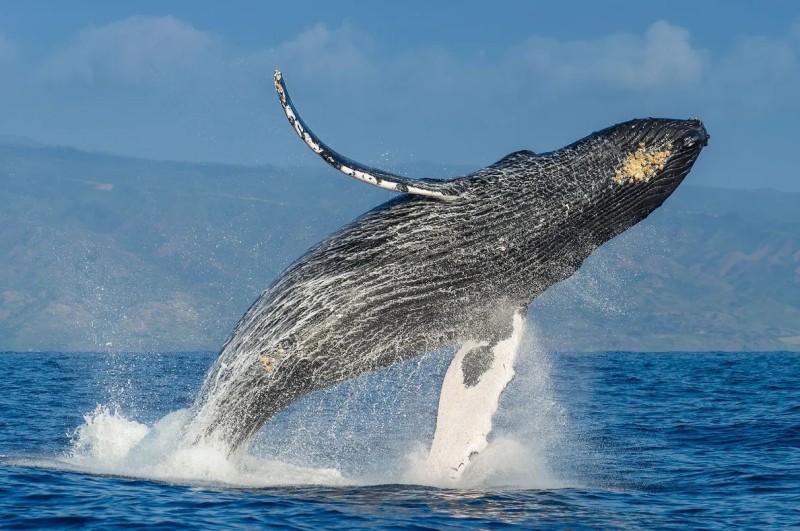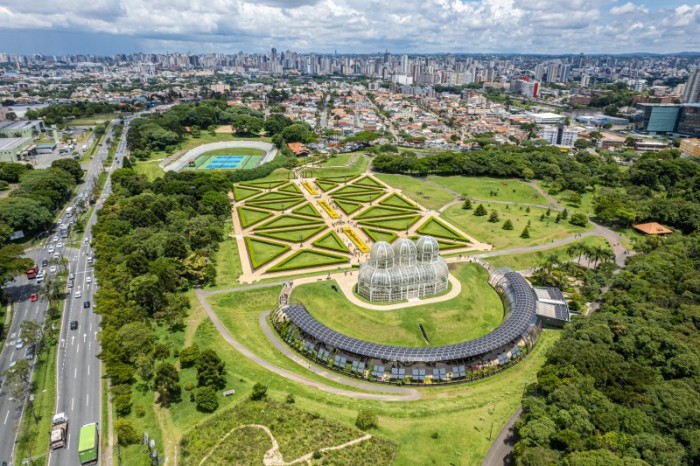Located in the province of La Rioja, Talampaya National Park is a well-kept treasure in the land of the end of the world. Dreamlike landscapes, ancient legends, and vibrant colours have made it one of the country’s seven natural wonders and a UNESCO natural site with honours!
Talampaya means “dry river of the thorny hackberry” in the language of the indigenous peoples of the region. It is a dry river due to the aridity of the area, and the spiny hackberry is one of the most common trees in La Rioja. However, beyond its literal meaning, the true definition of Talampaya National Park can only be found by venturing into the heart of its red rock walls, its whimsical shapes and the magic hidden in its deep blue sky, the green tones of the trees that exude the oxygen offered by this magical place: a true work of natural art.

For all these reasons, and many more, it is not surprising that the park is considered one of the seven natural wonders of Argentina. It fulfils all the requirements for inclusion in the list: spectacular landscape, geological originality, biodiversity, sustainability, accessibility and potential. Words that go hand in hand with the essence of this must-see destination. In 2019, it has earned its place among other giants, such as the Misiones Rainforest (Misiones), the Mina Clavero River (Córdoba), the Salinas Grandes (Jujuy and Salta), Bañado de la Estrella (Formosa), Nahuel Huapi National Park (Río Negro) and the Perito Moreno glacier (Santa Cruz).
Here are some of the reasons why you should discover Talampaya:
The land of the dinosaurs
The cracks in the red rock walls of Talampaya hide the oldest stories of all, those dating back to the Mesozoic era and the giants that lived as recently as 180 million years ago. Walking through the grounds of one of Argentina’s most exciting parks is like following in the footsteps of the dinosaurs. This is an ancient national treasure, as the archaeological remains date back more than 225 million years. The fossils are of worldwide importance and attract geologists, scientists and specialists in the field to this paradise to conduct their research. Lovers of ancient history should not miss this unique visit!
A unique visual experience

Camera in hand: this is rule N. 1 if the compass is pointing towards the province of La Rioja and, more precisely, towards Talampaya National Park. Photographic opportunities abound on this rocky surface: its intense reds decorate the scene, turning it into a universe parallel to the Earth. The reddish colour escapes among the curious shapes of the rock faces, which reach 150 metres in height, making for a marvellous sight sculpted by the gusts of wind. Water also played its part. A team effort that has created natural sculptures. Amidst copper-coloured walls that match the blue of the sky, geological figures rise up that capture the attention of visitors. The most popular in the region are El Monje and El Rey Mago, which stand out in the middle of the most imposing red desert in Argentina.
An experience in the moonlight
To extend the experience, why not discover the park under the stars? Camping in the moonlight? All this is possible in this national park, which has a campsite with showers, electricity, grills and food services. Everything you need to enjoy an evening where the starry sky is the main figure of the scene, in a silence that marks the rhythm of nature; the calm, to appreciate the environment and keep it in mind; and the moonlight, like a lighthouse, that illuminates and reflects the shadows on the red earth.
A journey through time to discover rock art
The prehistoric culture is present with a different language, which has been immortalised in the hundreds of rocks of the park. The petroglyphs are found on faces, rocks and nooks and crannies that constitute real rock art galleries, adding an extra value to the discovery of the natural park. The engraved shapes and designs bear witness to the presence of ancient civilisations that inhabited the area, and reading each of these messages reveals details of their way of life, habits and traditions: an exciting experience.
Source: Visit Argentina







